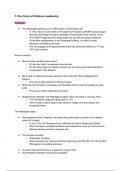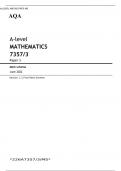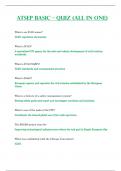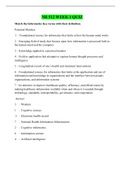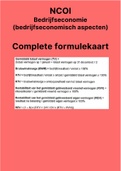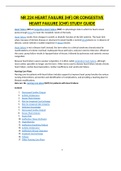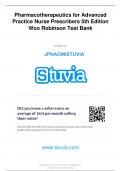Samenvatting
Summary Unit 2H.2 - The USA, 1955-92: conformity and challenge: Social and political change, 1973–80 A* revision notes
- Vak
- Instelling
- Boek
· This includes detailed revision notes of the first chapter of Edexcel History A-level Option 2H.2: The USA, 1955–92: conformity and challenge. · This chapter is Social and political change, 1973–80 · It covers everything on the specification and is laid out in an easy-to-understand way...
[Meer zien]
